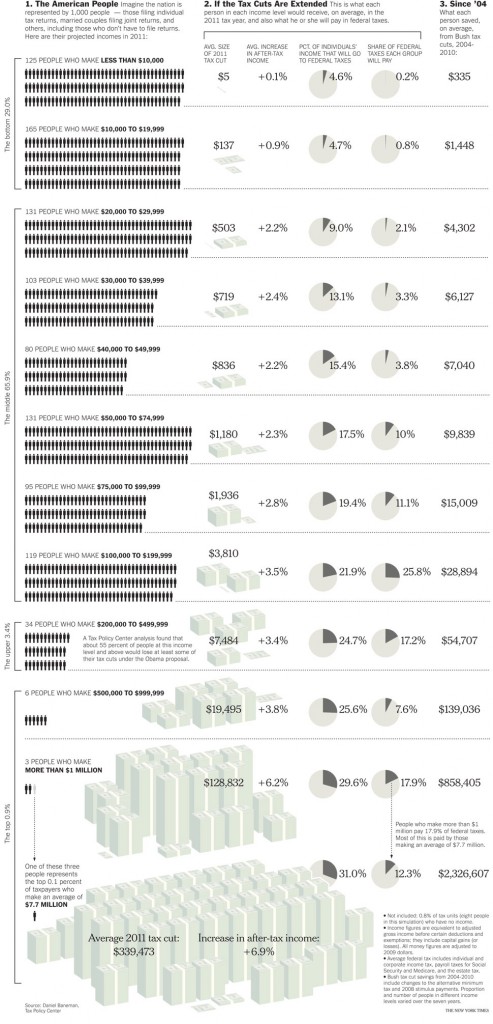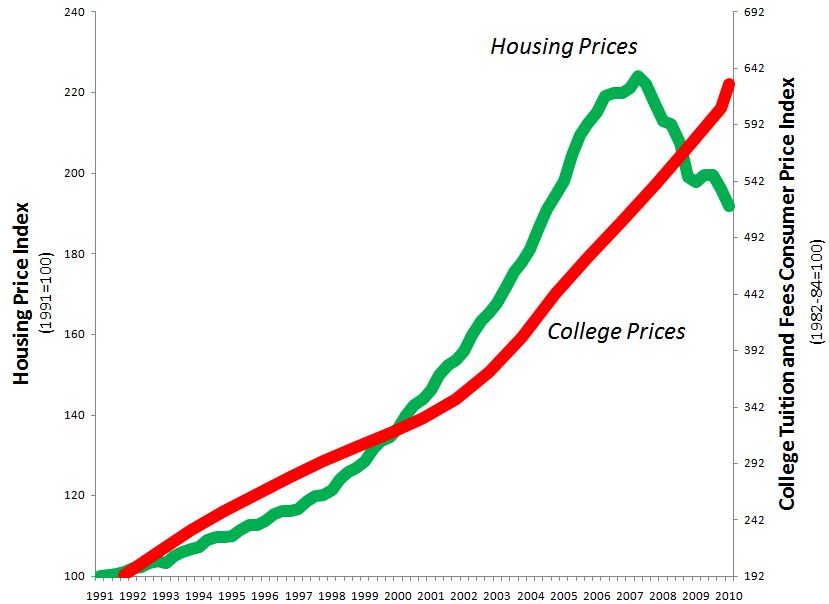We know that U.S. stereotypes associate black people, especially black men, with criminality (for examples, see our posts on who looks suspicious, racial profiling, and race-sensitive trigger fingers). But a new study by sociologists Aliya Saperstein and Andrew Penner shows that being convicted of a crime sometimes shifts people’s racial self-perceptions in related directions. Saperstein and Penner compared the self-identification of people in 1979 and 2002. Reflecting the social construction of race, it is typical for there to be some mis-matches between people’s reported race at different times; but the researchers discovered that the experience of being incarcerated shaped if and how one’s racial identification changed.
The Table below compares the self-reported race in 1979 (far left column) with the self reported race in 2002 (next left column). The third and fourth columns show the reported race of people in 2002 who were not incarcerated and incarcerated, respectively. We see that, among people who were not incarcerated, 5% of the people who identified as “European” in 1979 identified as “Black” or some other race in 2002. Among people who were incarcerated, however, we see a much greater defection from whiteness; only 81% of those who identified as white in 1979 still did so in 2002.
Saperstein and Penner argue that this shows that “…penal institutions play an important role in racializing Americans…” The experience of being incarcerated somehow makes people, even people who feel white, feel somehow less white.
Via Contexts Discoveries. For great examples of the social construction of race, start with this simple lesson, then see these great posts: black and white twins! wha’!?, Obama looks just like his white grandfather, history and race in the U.S. census, claiming whiteness in court, judging racial phenotypes in China, and figuring out “Creole”.
Lisa Wade, PhD is an Associate Professor at Tulane University. She is the author of American Hookup, a book about college sexual culture; a textbook about gender; and a forthcoming introductory text: Terrible Magnificent Sociology. You can follow her on Twitter and Instagram.




